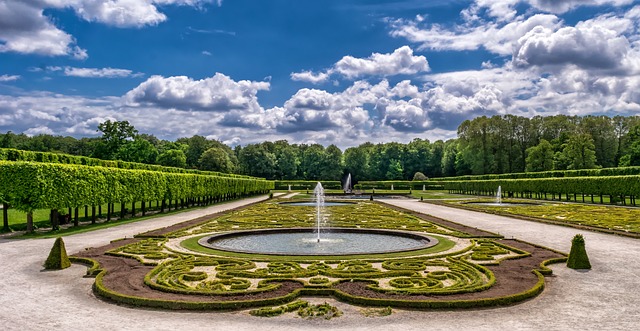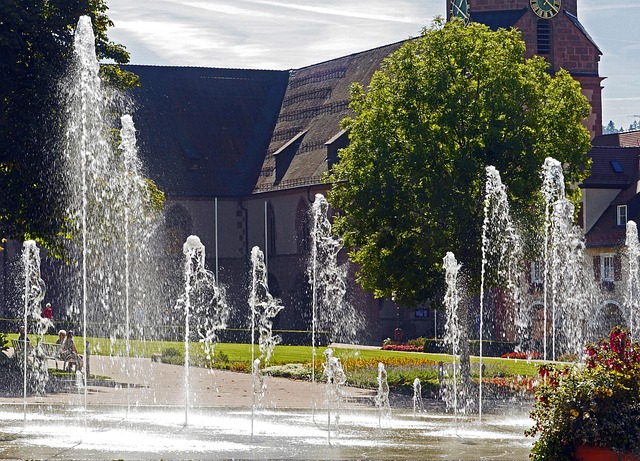In today’s fast-paced world, many of us are searching for ways to connect with nature while being mindful of our environmental impact. One of the most effective and rewarding methods is through eco-friendly landscaping. This approach not only enhances the beauty of our homes but also nurtures the habitats around us, creating a harmonious balance between human habitation and the natural environment.
When we think about landscaping, we often imagine lush gardens, vibrant flowers, and meticulously manicured lawns. However, the essence of eco-friendly landscaping goes far beyond aesthetics; it embodies a commitment to sustainability and the preservation of our planet. By incorporating native plants, organic gardening practices, and green technologies, we can create serene spaces that foster biodiversity and support wildlife.
Native plants are the cornerstone of an eco-friendly landscape. They are well-adapted to local climates and require less water, fertilizers, and pesticides, which means that they promote a healthier environment. When we plant species that are indigenous to our area, we provide a stable habitat for local wildlife, including birds, bees, and other beneficial insects. These plants not only thrive in their natural surroundings but also play a critical role in maintaining the ecosystem’s balance.
Moreover, adopting organic gardening practices is essential for responsible landscaping. This means avoiding harmful chemicals that can leach into the soil and waterways. By using compost, natural pest deterrents, and sustainable gardening techniques, we can nurture our gardens while protecting the environment. Companion planting, for example, not only helps maintain healthy plants but also contributes to the ecosystem by establishing a synergy among different species.
Incorporating green technologies into landscaping can further elevate our commitment to the environment. Features such as rain gardens, permeable pavers, and xeriscaping not only conserve water but also reduce runoff and promote groundwater recharge. These elements help to create a sustainable landscape that works in harmony with nature rather than against it.
Creating eco-friendly landscapes is not just about our personal spaces; it reflects a broader commitment to the planet. As we cultivate our gardens, we are also participating in a collective effort to combat environmental degradation. Each plant we nurture contributes to cleaner air, healthier soil, and a thriving habitat for countless species. The beauty of eco-friendly landscaping lies in its ability to serve both our needs and those of the environment.
As you embark on your landscaping journey, take a moment to consider the impact of your choices. Choose materials and plants that are sustainable and locally sourced. Embrace a gardening philosophy that prioritizes the well-being of our planet. By doing so, you not only enhance the beauty of your habitat but also create a legacy of respect and care for generations to come.
In the end, eco-friendly landscaping is more than a trend; it’s a lifestyle choice that reflects our values and our deep connection to nature. By nurturing our gardens and the habitats around us, we can foster a sense of responsibility, awareness, and appreciation for the rich tapestry of life that exists beyond our doorsteps.




